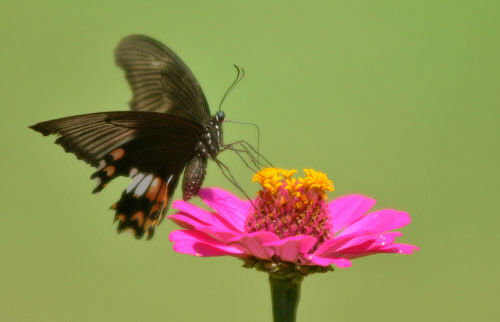
The number of butterflies seems to have reduced in the City over the years due to increasing urbanisation and pollution levels. However, according to experts, the exact number and species is not known.
To get an accurate picture of the situation, like it is available in other countries, the National Centre for Biological Sciences (NCBS) has been conducting a study. To broaden the study, they are roping in citizens from all walks of life.
Krushnamegh Kunte, faculty member at NCBS, said, “We are a team of 15 people who have been conducting the study for the last two years. Engineers, IT professionals, college students, businessmen and homemakers are part of the research team now.”
He said that the butterfly population was presently being documented in south, north and west Bangalore areas like JP Nagar, Bannerghatta, NCBS lab, GKVK Campus, IISc campus and surrounding areas. If they had more people, the area of research would increase, he added. According to him, people from varied backgrounds such as students and homemakers could be a part of the study.
Citizen contributors
Kunte said that citizens just had to spend some time in parks or educational campuses in their areas, count the number of butterflies and post the information on the webpage - www.ifoundbutterlies.org. They can contact the existing team members through the page to know more about varied species.
He pointed that in England and USA, butterfly population and its reduction had been documented over the last 30 years. But it has not been happening in India, he said. This has started now and a study of at least five years will be needed to ascertain the exact numbers, and the reasons why they have reduced and where, he added.
Increased urbanisation
Praveen Karanth, associate professor, Centre for Ecological Sciences, IISc, said that earlier, anecdotally every body used to see several butterflies, but now the numbers had reduced, and this was because of increasing urbanisation over the years. A species-specific study is required, he added.
Prof Chakravarthy, an entomologist, said that the number of flowering plants had reduced and the shrubs and herbs which are important for butterfly breeding too had reduced.
Butterfly forage plants have also reduced and water contamination has increased. These are some of the prime reasons for the reduction, he said. Another point is that the concept of kitchen garden, which was not only useful to women but also to butterflies has disappeared, he added.